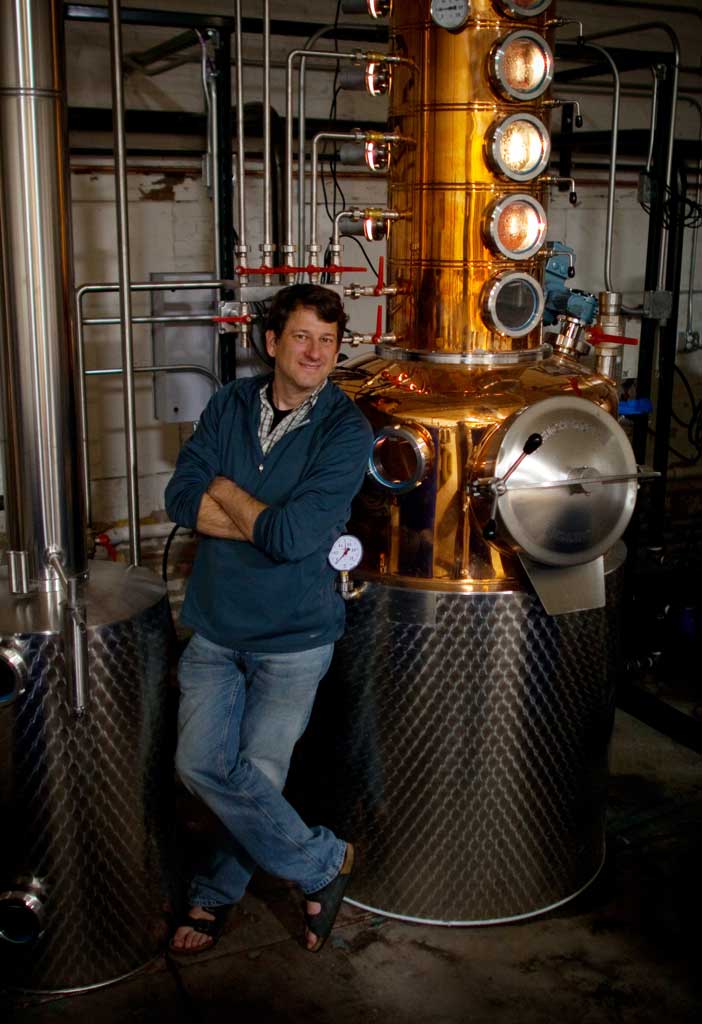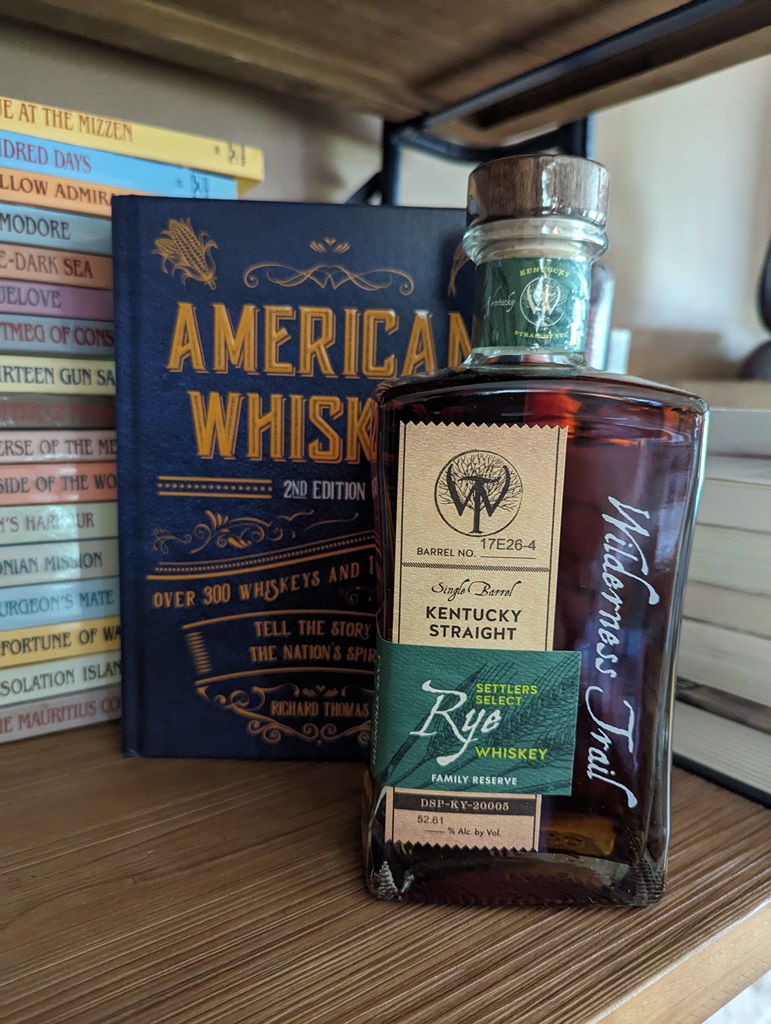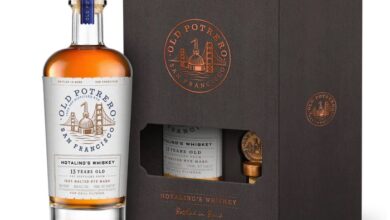White Whiskey 101
By Richard Thomas

(Credit: Wigle Distillery)
One side-effect of the surge in American craft whiskey has been the rise of white whiskey. The two trends are inextricably linked, as the need for new micro-distilleries to get a product on the market and start making money prompted many a start-up to release one or more unaged spirits. Twenty years ago, there was nothing on the market under the label “white whiskey;” now the stuff is virtually omnipresent on American shelves while spreading internationally, reaching far as Ireland.
The rising tide in clear whiskey has swept up even the big boys with it, as Jim Beam and Jack Daniel’s have gotten in on the act. Even so, most casual whiskey drinkers, and even some diehard fans continue to look at white whiskey with either confusion or disdain, wondering just what that stuff is and whether it’s even palatable.
What Is White Whiskey?
Some of the confusion regarding white whiskey comes from its novelty, but a lot of it is due to its lack of a clear definition, since “clear whiskey” might also embrace many categories, including moonshine. At The Whiskey Reviewer, white whiskey is an unaged or barely aged whiskey with a mashbill that would otherwise make it a bourbon, rye, malt, or wheat whiskey, were it properly aged.

the original white whiskey
(Credit: Death’s Door Spirits)
The “barely aged” stipulation reflects that some white whiskeys have spent time in wood, albeit not very much time. Jim Beam’s Jacob’s Ghost is a prime example, having spent on average as much time in their full-sized barrels as some small barrel whiskeys do.
White whiskey isn’t grain vodka, which has been distilled to near absolute purity, and thus has little or no constituent flavor. It also isn’t corn whiskey, which has a mashbill of 80%-plus corn, or moonshine, which often includes sugar in the recipe.
White Dog
Sometimes a white whiskey is also a white dog, a term for a raw whiskey distillate. The white dog that shows up in bottles has almost invariably been watered down at least a little, such as the whiskeys of the Buffalo Trace White Dog line, which are all bottled at a proof lower than what comes out the still.
Yet in the minds of many craft distillers, where the trend originated in the first place, white dog isn’t proper white whiskey at all. By most definitions, white dog is new whiskey intended for serious barrel maturation, which in the opinions of some makes a big difference in terms of just how good it is to drink without aging. Over in the craft sector, most white whiskeys are intended from the start to be enjoyed with little or no aging, and are therefore made differently.
“[To] create our white, we use a different yeast and its distilled differently” says Paul Hletko of FEW Spirits. “Specifically, we distill the white whiskey to create a softer, sweeter whiskey, whereas our bourbon is distilled to be a richer, heavier flavored whiskey.”
This distinction is also important at Pittsburgh’s Wigle Distillery, where they view it as “critical.” Describing their white whiskey process, Wigle’s Meredith Grelli explained that they use a rectification column for the second distillation of their white whiskeys.

(Credit: FEW Spirits)
“When we make the whiskey that we barrel,” says Grelli, “we skip this step altogether to achieve a rougher, fuller-bodied whiskey that will stand up to oak. Additionally we are more aggressive on our cuts on our barreled whiskey and more conservative on our white whiskey.”
The “never meant for aging” distinction is not universal, however. The grand daddy of white whiskeys, Death’s Door, was originally intended for barrel aging. As it happened, the white dog was thought good enough as it was, consequently released as it was, and the rest became history.
Tasting
Ultimately, tasting white whiskey is about getting to the essence. With white dog, that point is even more specific, as what is on offer is the raw version of a familiar whiskey.
With most craft white whiskeys, what is offered is less of a look at the roots of an old favorite, and more of an exploration of what particular grains and combinations of grains do before time and wood have gone to work. This is where white whiskey really is different from vodka, despite the fact vodka frequently is made from grains, since the point of vodka is to create a spirit so pure it barely has any taste at all. In a white whiskey, those remaining impurities are the floral and sweet notes of the fermented corn, malted or un-malted barley, rye, and/or wheat.
With that in mind, a good white whiskey should be flavorful, but not overwhelmingly so in a single direction. Corn whiskey, for example, is often dominated by a mixture of corny sweetness and corn husk grassiness, which isn’t surprising with a mashbill of 4/5s corn or greater. A bourbonesque white whiskey, with a lower proportion of corn, should have more elements to it. If a rye whiskey is overwhelmingly rye in flavor, it should be for the same reasons a high rye has the same character.
Other characteristics to look for are smoothness, as opposed to the jolt of white lightning. As an unaged spirit, the flavor should also be marked by its simple clarity. Youth can be complex and sophisticated, but in spirits as in people, truly subtle and mysterious qualities come only with maturity.




